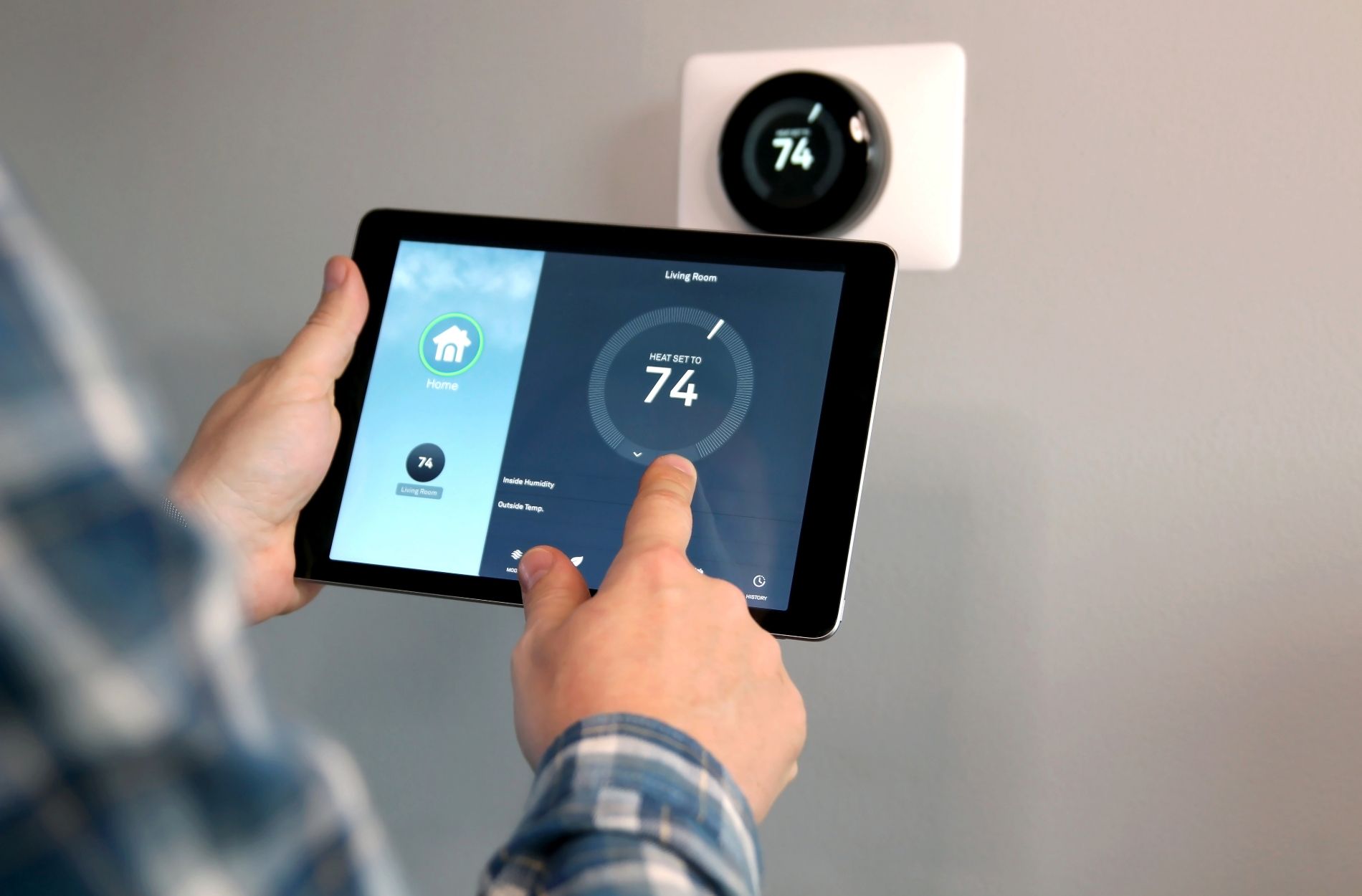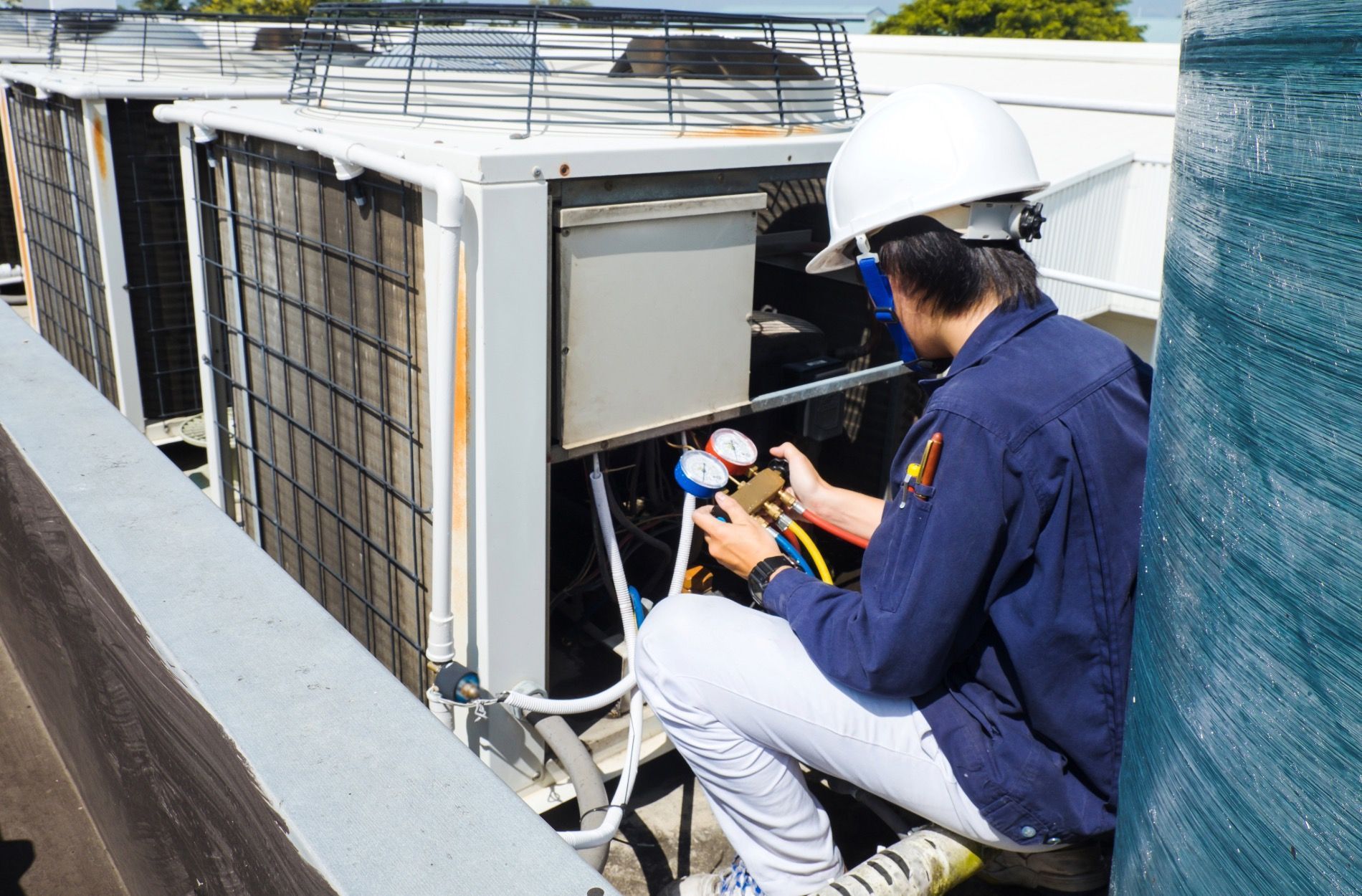Top HVAC Upgrades to Lower Energy Bills
Lowering energy bills is a goal for many homeowners, especially with the rising costs of electricity and fuel. One of the best ways to achieve this is by upgrading your HVAC system. Your heating and cooling system can account for a large part of your energy expenses, so making smart upgrades can lead to significant savings.
Many simple and advanced HVAC upgrades can help improve your system’s efficiency and cut down on costs. Some upgrades are as easy as installing a new thermostat, while others might involve more comprehensive overhauls like replacing old units with energy-efficient ones. Each upgrade can make a noticeable difference in your energy consumption and your comfort levels at home.
In this article, we will explore various HVAC upgrades that can help you save money on your energy bills. From smart thermostats to better insulation and zoning systems, these improvements can make your home more energy-efficient. By understanding these options, you can decide which upgrades are the best fit for your needs and budget.
Install a Smart Thermostat
One of the easiest and most effective upgrades you can make to lower your energy bills is installing a smart thermostat. These advanced devices go beyond the basic functions of traditional thermostats. They are designed to learn your habits and adjust the temperature based on your daily routines.
1. Energy Savings:
Smart thermostats can automatically lower the temperature when you leave for work and raise it just before you return. This ensures your HVAC system isn’t running unnecessarily all day long.
2. Remote Control: You can control your smart thermostat from your smartphone. If you're coming home early or staying out later than expected, you can easily adjust the settings from anywhere.
3. Energy Reports: Many smart thermostats provide energy reports that show how much energy you’re using and offer tips for saving more. This helps you understand your usage patterns and find more ways to cut costs.
By simply upgrading to a smart thermostat, you can enjoy a more comfortable home while also reducing your energy bills. This small investment pays off quickly and can lead to significant savings over time.
Upgrade to Energy-Efficient HVAC Units
Old and outdated HVAC units can be a major drain on your energy budget. Upgrading to newer, energy-efficient models can make a huge difference in how much you spend on heating and cooling.
1. High SEER Ratings: Look for units with high Seasonal Energy Efficiency Ratios (SEER). A higher SEER rating means the unit uses less energy to cool your home, which translates to lower energy bills.
2. Energy Star Certified: Choose HVAC units that are Energy Star certified. These units meet strict guidelines set by the U.S. Environmental Protection Agency for energy efficiency.
3. Variable Speed Motors: Modern HVAC units often come with variable speed motors. These motors adjust the speed of the fan based on your home’s needs, using less energy than traditional single-speed motors.
By investing in energy-efficient HVAC units, you can achieve long-term savings. Newer models are better built to handle your home’s heating and cooling needs with less waste, ensuring you get the most out of your energy usage.
Improve Insulation and Sealing
Good insulation and sealing are crucial for maintaining energy efficiency in your home. Poor insulation can cause your HVAC system to work harder than necessary, leading to higher energy bills. Here are some important areas to focus on:
1. Attic Insulation:
The attic is one of the main areas where heat can escape. Adding or improving insulation in your attic can help keep your home warmer in the winter and cooler in the summer.
2. Doors and Windows: Check for gaps around doors and windows. Use weatherstripping and caulking to seal any leaks. This prevents cold air from entering and warm air from escaping.
3. Duct Sealing: Leaky ducts can lose a lot of the heated or cooled air before it reaches its destination. Sealing these leaks can make your HVAC system more efficient and save you money.
By improving insulation and sealing in these key areas, you can reduce the workload on your HVAC system. This not only helps in lowering your energy bills but also makes your home more comfortable throughout the year.
Use Zoning Systems for Better Control
A zoning system allows you to control the temperature in different areas or “zones” of your home independently. This can lead to big energy savings, especially in larger homes where not all rooms are used equally.
1. Personalized Comfort: Different family members can set their own preferred temperatures in their rooms. This means you don't have to heat or cool the whole house to accommodate one person's comfort level.
2. Energy Efficiency: Only heat or cool the areas that you are using. This prevents wasting energy on unused spaces like guest rooms or basements.
3. Enhanced Control: Zoning systems can be paired with smart thermostats for even better control. You can manage the temperature zones from your smartphone, making it easy to adjust settings as needed.
Installing a zoning system can make your HVAC system work more efficiently, as it can target specific areas rather than heating or cooling the entire home evenly. This targeted approach leads to significant savings on your energy bills.
Conclusion
Upgrading your HVAC system is a smart way to lower your energy bills and increase your home’s comfort. Whether it’s installing a smart thermostat, upgrading to energy-efficient units, improving insulation, or using zoning systems, each of these upgrades can offer significant benefits.
Making these changes may require an initial investment, but the long-term savings on your energy bills make it worthwhile. A more efficient HVAC system also reduces wear and tear, potentially extending its lifespan and minimizing the need for costly repairs.
If you’re looking to cut down on your energy costs and make your home more comfortable, consider these HVAC upgrades. For expert advice and quality
HVAC solutions, contact Anytime Heating & Air. Our experienced technicians are ready to help you choose the best upgrades for your needs and ensure they are installed correctly. Start saving on your energy bills today with the help of Anytime Heating & Air.


